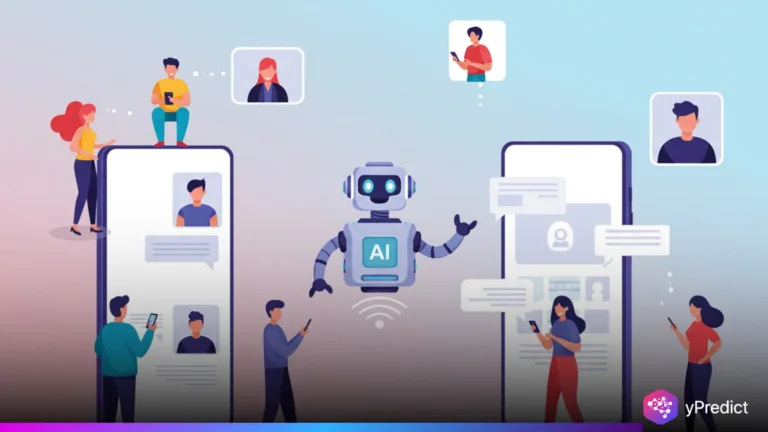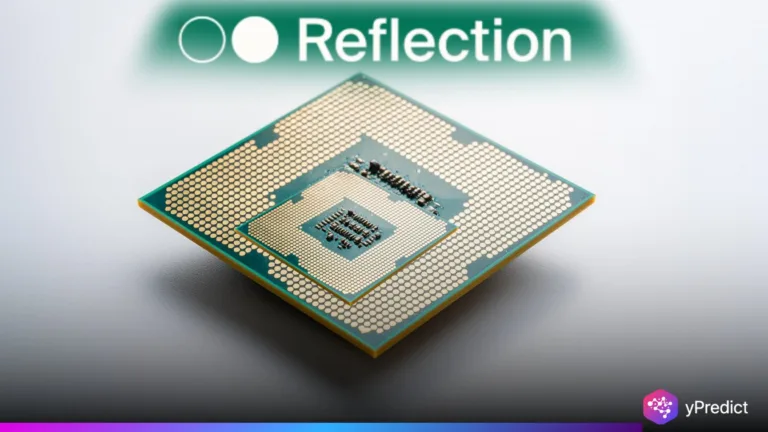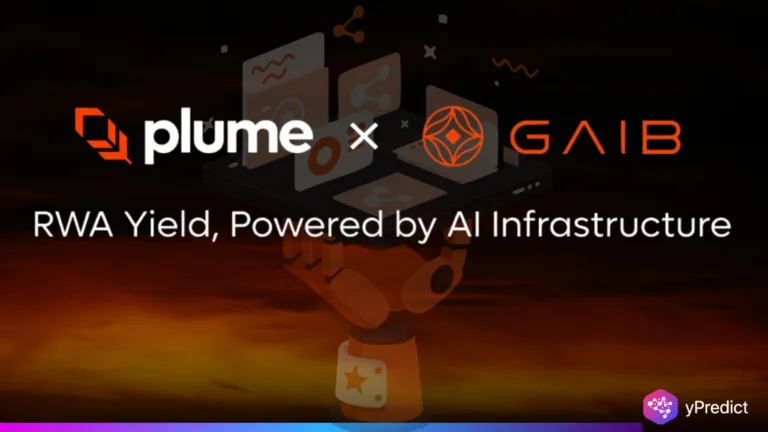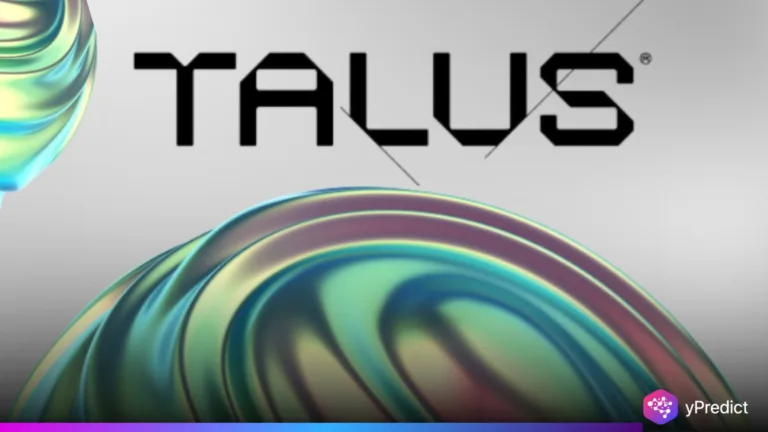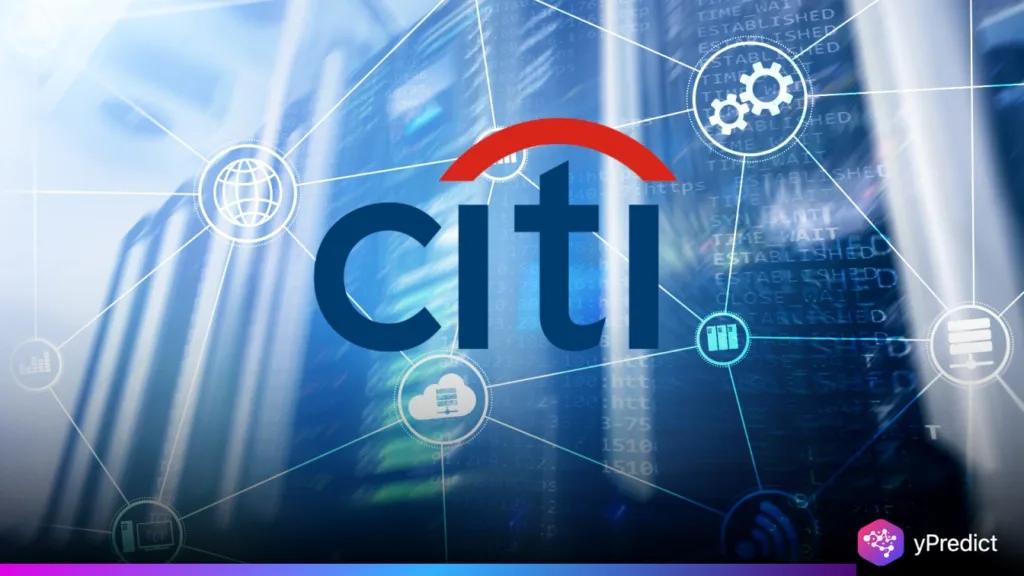
@The_AI_Investor 10/02/2025 Citi Research’s big update on X. Firm substantially reduced its forecast for AI infrastructure spending, the sign of an even more massive investment surge coming up. Timing is everything–AI adoption is accelerating rapidly, and hyperscalers like Amazon, Microsoft, Google, and Meta are competing in a capacity expansion frenzy. Citi Research’s new numbers show you how far this commitment goes, not only through 2026 but through decade-end. For investors, engineers, and policymakers alike, this is not only a beacon of opportunity but also a canary in the mine of risk.
Hyperscalers Drive Spending Boom
Citi Research now expects 2026 AI capex to come in at $490B, which is up on its prior $420B estimate for a 16.7% increase. The update brings you further coverage of rapid generative AI adoption, from training large models to enterprise tools.
Hyperscalers are the main drivers. Amazon, Microsoft, Google, and Meta dominate cloud services — their spending shapes the AI infrastructure market. Citi Research expects these firms to announce more increases in Q3 2025 earnings calls.
And longer term, the company raised its total hyperscaler CAPEX estimate to 2029 to $2.8 trillion from $2.3 trillion. Global AI infrastructure spending for all users could reach $5.5 trillion over the same period. It’s a sharp growth curve, with CAPEX rising at a 56% compound annual rate.
That pace easily beats Moore’s Law, which doubles transistor counts every six months or so. Epoch AI data shows frontier model compute demand growing 4.6x per year since 2010. And this disconnect between hardware efficiency and compute hunger explains the investment rush. For suppliers like Nvidia, the future looks good for massive demand for GPUs and data center equipment. For policymakers, it underscores how to assist in supporting the grid, labor, and financing requirements.
Financing, Risks, and Investor Takeaways
Citi Research’s update also highlights the challenges behind this growth. Execution depends on enough skilled workers, machinery, and steady financing. Power demand is another constraint. U.S. demand may grow by 55 gigawatts by 2030, requiring a $1.4 trillion investment in related capacity.
Funding is shifting, too. Big tech used to pay for its growth. Now, debt is the default. OpenAI’s Sam Altman has invoked a need for “new forms of financing,” matching the scale of infrastructure like data centers and power systems.
Others note that debt is normal for heavy industry. One post on the same thread compared hyperscalers to steelmakers or automakers. But Citi Research warns that borrowing fast could add new risks. Pressure points could be rising rates or supply chain delays.
And for investors, the figures are counterintuitive. Industry offers huge upside as well, led by Nvidia and chipmakers. But the reliance on debt and the scale of promises also point to bubbles. Need to follow CAPEX announcements in upcoming earnings calls. The AI revolution is real, but as Citi Research underscores, its funding model could determine if the boom is sustainable or brittle.
Conclusion
The citi research outlook reframes the AI boom. It’s no longer just about growth, but how to finance it. Hyperscalers will spend close to half a trillion on AI infrastructure in 2026 alone, with trillions more through 2029. That’s an opportunity for chipmakers and equipment suppliers, and investors. But it’s a stress test of power grids and labor markets and financing systems, too. Debt will fuel this era of expansion, as it did in traditional heavy manufacturing. And whether that generates steady growth—or follow-on shocks—depends on execution in the years ahead.


